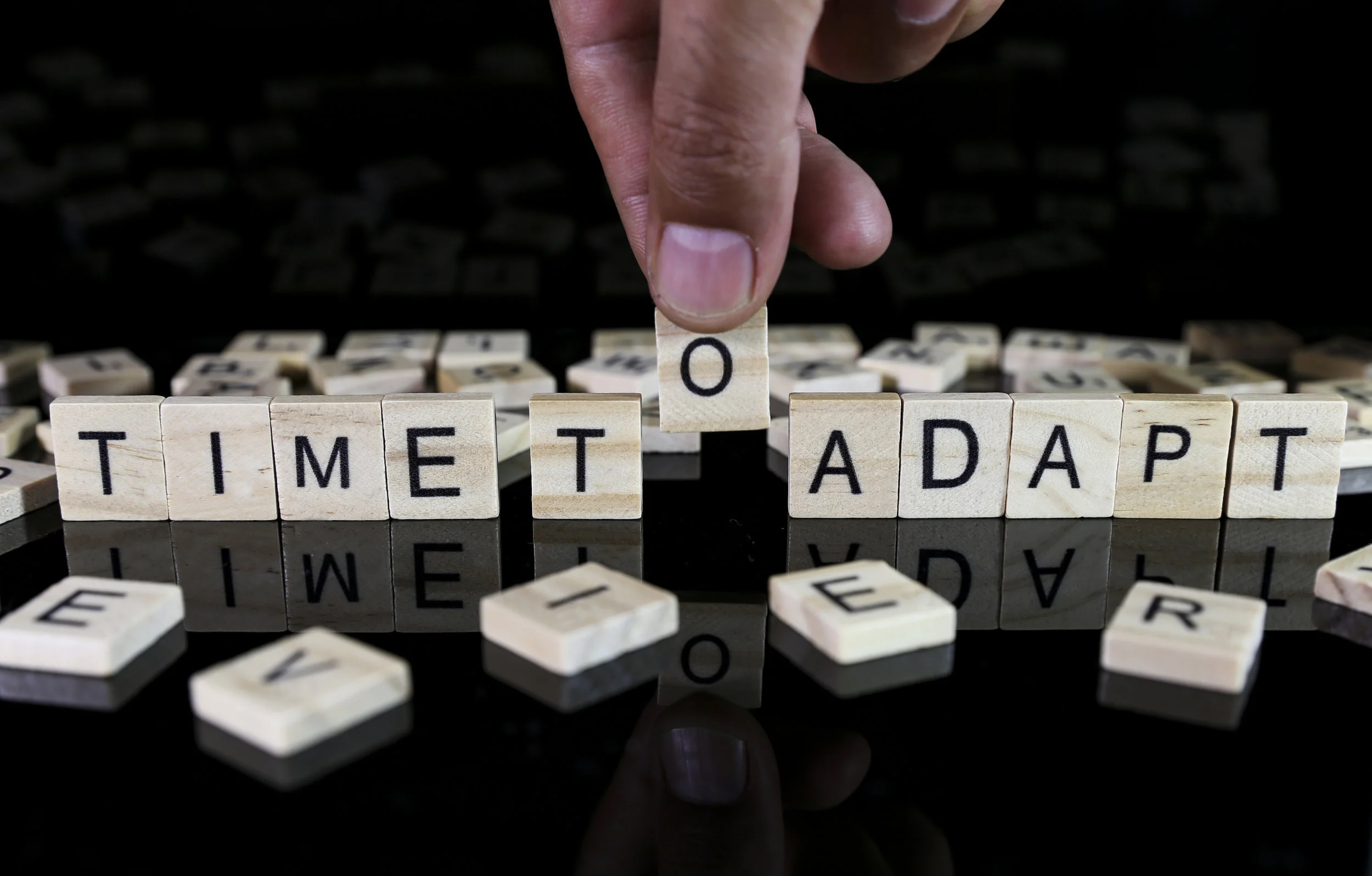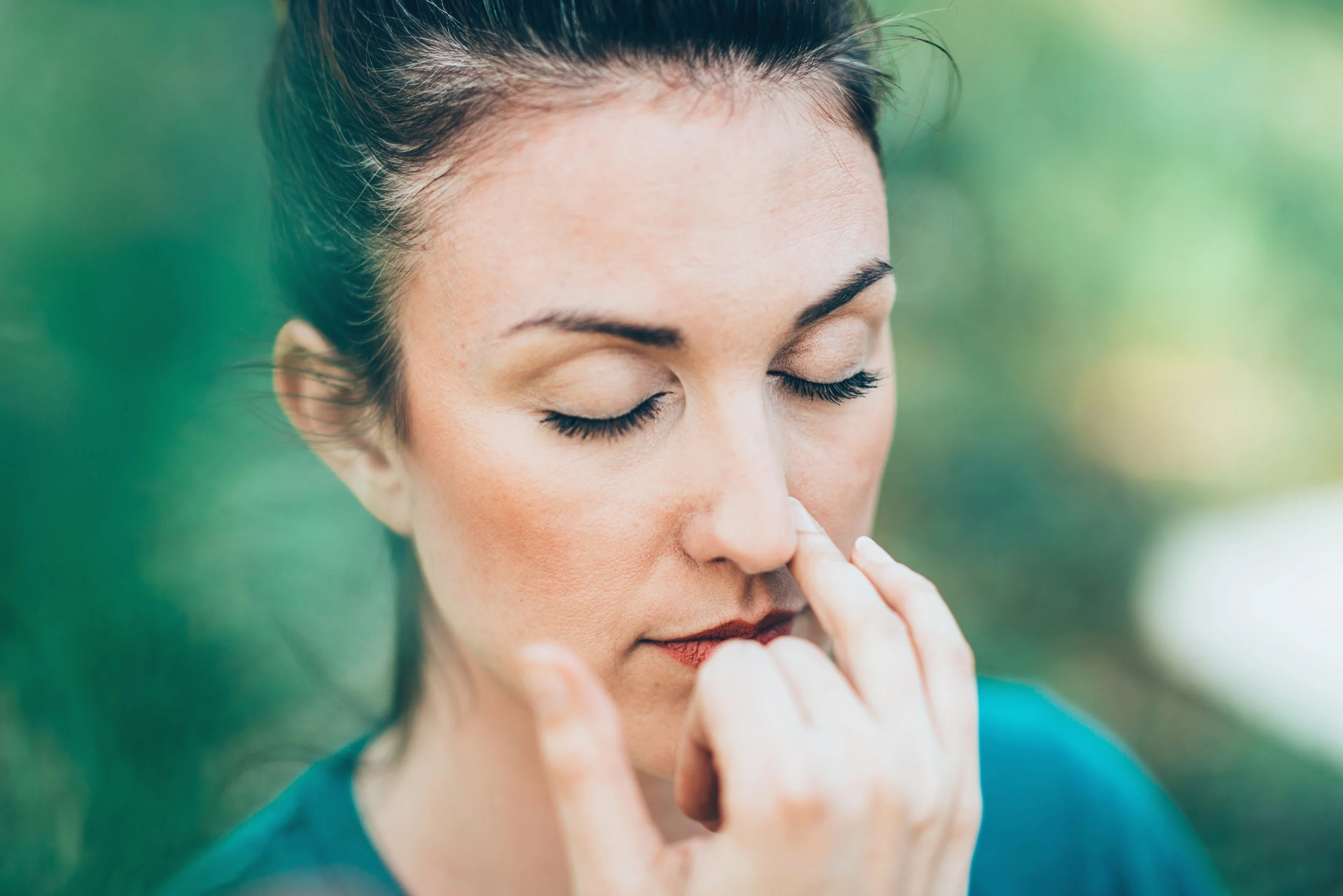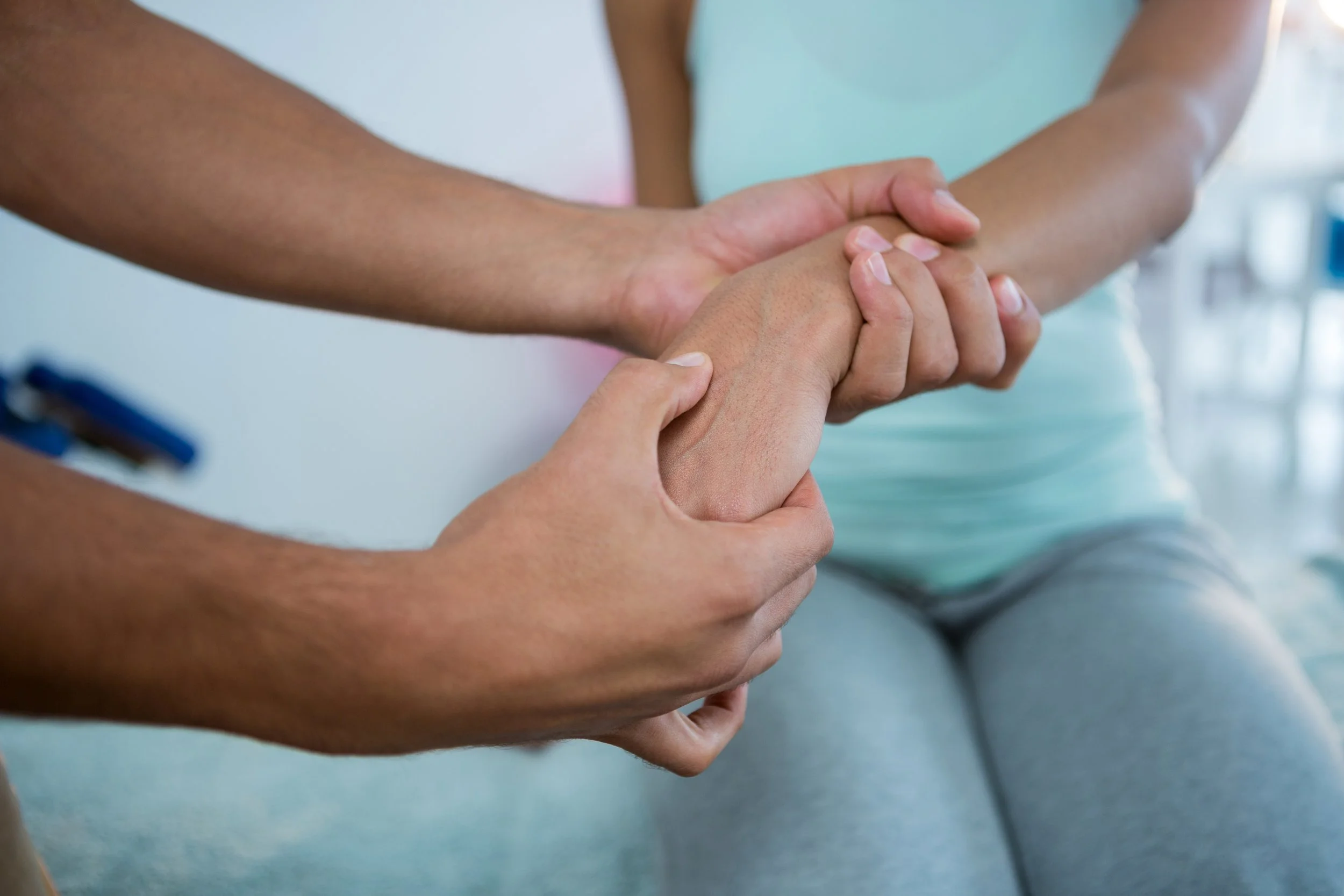Why Does Your Body Twitch As You're Falling Asleep?
/If you’ve ever found yourself drifting off to sleep only to be woken by a vigorous, full-body twitch or jerk, then do not feel alarmed. You’re among the estimated 60 - 70 % of Americans who regularly experience a phenomenon known as a hypnic jerk—also known as a hypnagogic jerk, or sleep start—which strikes as a person falls into a deep sleep. Here’s what to know about it.
What do sleep jerks feel like?
Hypnic jerks—involuntary twitches or jolts which occur during the night—can affect people in different ways. Many people will sleep right through them, but for others, they are vigorous enough to wake them up.
Although there is no definite explanation for what causes hypnic jerks, people are more likely to suffer from them when they’re sleep deprived or anxious, or when they do sleep-impairing habits before going to bed, like drinking caffeine or doing exercise close to bedtime, says James Wilson, a U.K.-based sleep behavior and sleep environment expert. “For people who suffer from hypnic jerks, it’s awful,” he adds. “They worry about it before they go to bed, which makes it worse.”
Jacqui Paterson, who is 44 and lives in the U.K., says she has experienced these kinds of twitches on an almost-nightly basis for about three years.
“When I was about 41, I started getting insomnia, which I’d never had in my life before,” she says. “Initially, I was staying awake all night, but I now get these annoying jerks which wake me up exactly an hour after I fall asleep, like someone has set an alarm in my head. I seem to have replaced one evil with another.”
Paterson says the jerks come more regularly when she feels concerned or preoccupied. If she worries about them happening before she goes to bed, then it “almost guarantees” that she will suffer from them that night.
The jerks feel like a jolt or an electric shock, Paterson says. “I’ve heard people talk about getting a falling sensation when they drop off to sleep,” she says. “To me, the feeling is like that but on steroids. It’s like someone has come and slapped me. It’s a really shocking feeling, like jumping into freezing cold water. I always wake up feeling totally alert.”
What causes hypnic jerks?
Put simply, hypnic jerks are caused when one part of the brain tries to go to sleep more quickly than other parts of the brain.
“The complexity of going to sleep and waking up is incredible, and sometimes—particularly when we are sleep deprived—our brain doesn’t shut down normally, which means we get this sort of jerking movement when we’re in a light sleep,” says Wilson. Often, he adds, the brain tries to make sense of it, “which is when we imagine ourselves falling off the sidewalk, a cliff or in a hole.”
The reason why some people experience the twitches at such a predictable time is due to their circadian rhythm, or body clock, Wilson says. “Normally when we go to sleep, about half an hour later we go into a deep stage of sleep during which we wouldn’t get these hypnic jerks,” he says. “If someone is sleep deprived, as they go through the process of falling asleep, the brain will get stuck at the same point in time. Usually if we can help people address their sleep deprivation, the instances decrease or disappear altogether.”
How can you prevent sleep jerks from happening?
There are ways to limit the effects, particularly by making a conscious effort to sleep better. “Try and get in a good routine around sleep,” Wilson says. “Wake up at the same time every day, and wind down properly before going to bed, making sure the activities you do in the hour before going to sleep are relaxing to you. Like most issues surrounding sleep, preventing hypnic jerks is all about trying to solve that sleep deprivation.”
Wilson also suggests that if a person suffers from them at the same time every night, they could ask a housemate or family member to disturb their sleep about five minutes before the jerks tend to occur, either by encouraging them to turn over in bed or rustling something near them. Often, that will help stop the twitches from happening, he says.
This article originally appeared on time.com and was written by Kate Samuelson











![Self-regulation “control [of oneself] by oneself"](https://images.squarespace-cdn.com/content/v1/55563e14e4b01769086817cb/1542845645966-PO2HGKF5JLUBM45UIWQ3/wee-lee-790761-unsplash.jpg)



















